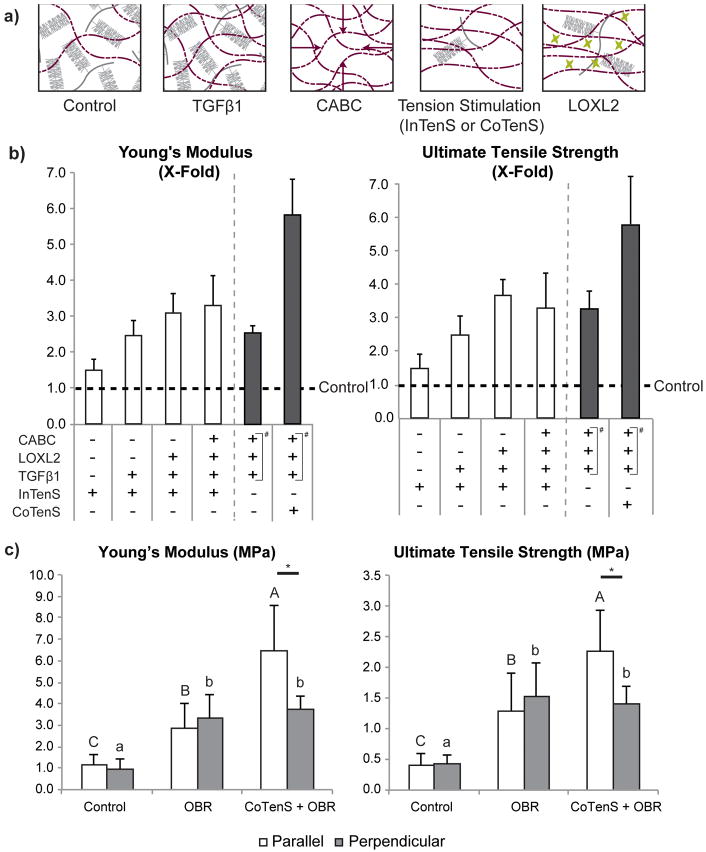Figure 2. Tissue engineering of neocartilage with enhanced tensile properties.
In combination with tension stimulation, transforming growth factor β1 (TGFβ1), chondroitinase-ABC (CABC), and lysyl oxidase-like protein 2 (LOXL2) were applied to achieve neocartilage with tensile properties that are on par with native tissue. The sequential application of these agents alters the extracellular matrix (a): TGFβ1 enhances collagen production; CABC temporarily causes loss of glycosaminoglycans (GAGs), allowing collagen fibers to be in closer proximity; tension stimulation aligns the collagen fiber network that is unrestricted by bulky GAGs; and LOXL2 crosslinks the aligned collagen matrix. A series of experiments investigated the step-wise addition of these agents to InTenS (b, white bars) and found increases in both Young's modulus and ultimate tensile strength (UTS). To quantitatively compare the data across these multiple experiments, Young's modulus and UTS values of treated groups were normalized to those of untreated control in each experiment. Fold-changes with respect to untreated control (dotted line) are presented. The absolute tensile properties are presented in Supplemental Table 1A and 1B. The combination of InTenS, TGFβ1, CABC, and LOXL2, achieved a Young's modulus 3.3-times control values. CoTenS elicited further dramatic increases in Young's modulus and UTS—both 5.8-times control values; these increases were found to be due to CoTenS. This is because the optimized bioactive regimen (OBR), consisting of TGFβ1, CABC, and LOXL2 (denoted in panel b by #), reached a Young's modulus and UTS only 2.5- and 3.3-times control values, respectively (b, dark bars). Moreover, CoTenS + OBR elicited anisotropy in stimulated neocartilage, with the parallel direction stiffer and stronger than the perpendicular direction (c). Neither the OBR regimen nor the no-treatment group was able to induce anisotropy. Two one-way ANOVAs, followed by a Tukey's post hoc test, were performed to statistically assess the results. Groups not connected by the same letter are statistically significant. Student's t-test was performed to compare tensile properties of parallel and perpendicular directions, *p<0.05. Data are represented as mean±SD.

